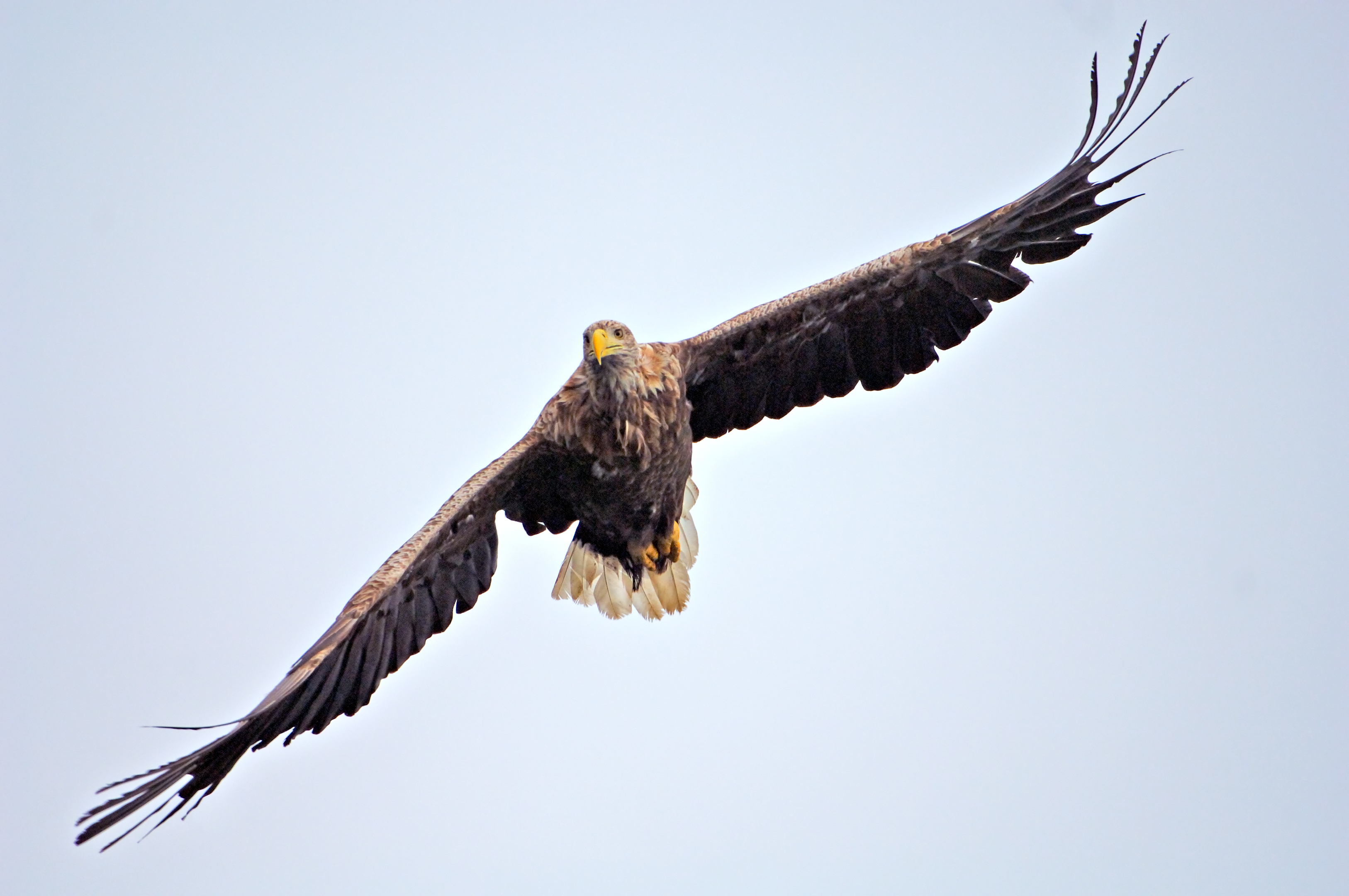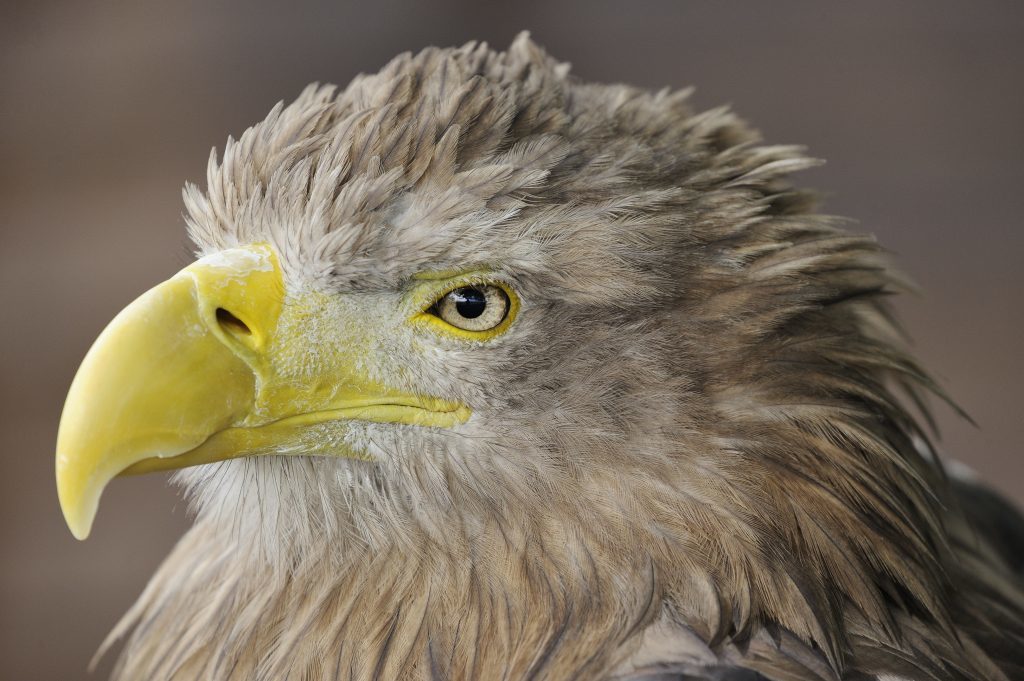Scotland’s sea eagle population is expected to double over the next decade a new report has predicted.
According to a study published by Scottish Natural Heritage, the number of white-tailed eagles will reach 221 pairs by 2015 following a phased reintroduction programme.
Duncan Orr-Ewing, head of species and land management at RSPB Scotland said: “We can be proud that the sea eagle is once again a key part of Scotland’s internationally renowned wildlife spectacle, enthusing local people and tourists alike.
Having been declared extinct in the UK in 1917, the huge birds of prey were reintroduced in three stages.
Two releases occurred on the west coast of Scotland from 1975-85 and from 1993-98, and one in Fife from 2007-12.
By 2015, numbers had risen to 106 pairs.
Mr Orr-Ewing said: “Our population modelling work is showing that we can expect sea eagle numbers to gradually increase, and re-colonisation of much of the former range across Scotland will take place.”
Findings in the report will influence future conservation work.
The publication, researched by the RSPB’s Centre for Conservation Science, also highlighted the need to step up joint working with land managers to address potential conflicts.
There have been complaints from farmers and crofters that the birds, which have a wingspan of up to two and a half metres, are big enough to pick off lambs.
SNH has updated its management scheme for the sea eagle population, and it is investigating the impact the raptors have on livestock.
Angus MacFadyen, who chairs National Farmers’ Union (NFU) Scotland’s environment and land use committee and is a sheep farmer from Argyll, said: “This report is a valuable addition to the debate around how we ensure sea eagles and sheep farming and crofting can co-exist here in Scotland.
“It clearly flags up the fact that the sea eagle population and range is likely to dramatically increase in the coming years, and underlines the vital importance of finding ways in which to reduce predation and conflict.”
The report also considered the issues of wind farms and persecutions.
So far, there have only been two recorded instances of a sea eagle colliding with a wind farm in Scotland. However, there is evidence from Scandinavia and continental Europe that sea eagles have a reasonably high risk of collision.
Persecution of sea eagles has been very rare in the current west coast range, but they are starting to expand into areas of Scotland where there has been a history of raptor persecution.
Andrew Bachell, SNH’s director of policy and advice, added: “We know some farmers and crofters have serious concerns about the impact of sea eagles on their livestock with some experiencing losses.
“We are working with NFU Scotland, local stakeholders and others to thoroughly understand the part sea eagles play in livestock losses, and we’re committed to working together to find solutions to allow sea eagles and livestock farmers to co-exist.”











